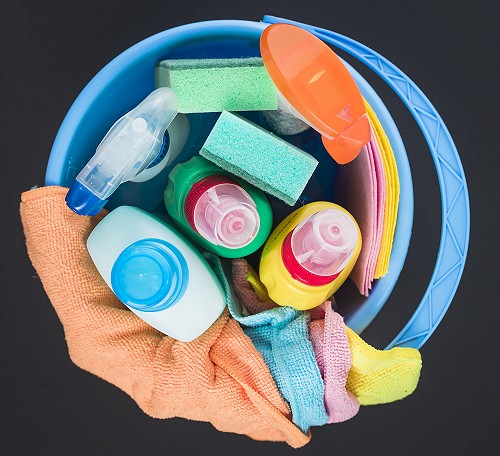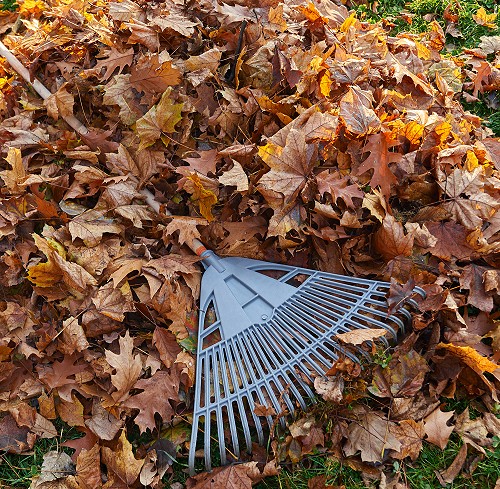Caring for Your Electric Gates: Maintenance Tips for Yorkshire Weather

Installing an electric gate is a significant investment in your property’s security and curb appeal. Like any mechanical system, keeping your gate in good shape with regular care will ensure it continues to operate smoothly and looks its best. West Yorkshire’s weather – from rainy autumns to occasional snow in winter – can take a toll on outdoor equipment, so a bit of maintenance goes a long way. In this blog, we share practical maintenance tips for electric gates to help homeowners and business owners protect their gate systems year-round.
Keep It Clean and Clear: One of the simplest maintenance tasks is regular cleaning. Over time, dirt, leaves, and debris can accumulate on your gates and their tracks or hinges. Every so often, especially during autumn when leaves fall, inspect your gate’s path. If you have a sliding gate, clear the track of any stones, mud, or debris that could obstruct the wheels. For swing gates, make sure the hinge areas and the ground beneath where the gate swings are free of obstructions. Use a soft brush or cloth to wipe down the gate surfaces. This not only keeps your gate looking nice but also prevents buildup that could cause scratches or strain on the motor. In West Yorkshire’s occasional snowy conditions, try to shovel snow away from the gate’s path and around the motor unit. Wet leaves or snow pressed against safety sensors (photocells) can also block them, so gently wipe the sensor eyes if you notice your gate not closing due to “thinking” something is in the way.

Lubricate Moving Parts:
Just like a bicycle or a car, your electric gate has moving metal parts that benefit from lubrication. About twice a year (or per manufacturer’s guidelines), apply a suitable lubricant to the hinges on swing gates and the rollers and track of sliding gates. Use a grease or oil recommended for outdoor metal parts – your gate installer or maintenance service can provide this, or advise a product. Be careful not to overdo it; a thin layer is usually enough. Too much grease can actually attract dirt. Also, do not lubricate lock mechanisms or the motor unless advised, as some motors have self-lubricating parts or specific maintenance procedures. If your gate has an articulating arm or jackscrew, there may be grease points; check your manual or ask us during a service. Keeping things well-lubricated helps reduce wear and tear and prevents those annoying creaks or squeaks. It’s especially important before winter, as cold weather can thicken lubricants – by greasing in autumn, you ensure everything moves freely when the temperature drops.

Take Care of the Finish:
Electric gates, whether steel, wood, or composite, are finished to withstand the outdoors, but they still need some care to maintain their appearance and protective coat.
- For Steel or Wrought Iron Gates: Inspect the paint or powder coating for any chips or scratches. If you spot any exposed metal, clean the area and touch it up with a rust-inhibiting primer and matching paint. This will prevent rust from starting on those spots. Most high-quality steel gates are galvanised under the paint, so they’re well protected, but it’s best to keep the top coat intact. Washing the gate occasionally with mild soapy water will also help remove pollutants that can cause corrosion over time. Avoid harsh chemicals that could strip the paint.
- For Timber Gates: As discussed in our timber gates blog, wooden gates will need periodic sealing. Every couple of years (or when you notice the finish looking faded or water not beading on the surface), clean the gate and apply a fresh coat of stain or outdoor varnish/paint. Summer is a good time for this in Yorkshire, as you get a dry spell for the finish to cure. Ensure you treat all sides of the wood, including the bottom edge near the ground. Regular sealing prevents moisture ingress, rot, and warping. Also check for any small cracks or splits; if found, you can fill or seal them to stop them growing.
- For Composite Gates: These are low-maintenance by design. Generally, a wash with water to remove dirt is all that’s needed. Avoid abrasive cleaning that could scratch the composite surface. There’s no need to paint or seal composite boards (in fact, you shouldn’t). Just keep them clean and they’ll continue to look great. Check any aluminium or steel frame components like posts or crossmembers as you would a steel gate (for paint integrity).
- For Ironmongery: If your gate has decorative iron or other metal accents, ensure they are also kept painted to prevent rust. Sometimes decorative elements can have intricate crevices – a small brush can help apply paint there if needed.

Check the Automation System:
Your gate’s motor and electronics generally won’t require much user maintenance (and you should not open sealed motor cases yourself), but there are a few things to keep an eye on:
- Listen and Observe: Pay attention to how your gate sounds and moves. If you notice any unusual grinding noise, slowness, or jerky motion, it could be a sign something needs attention – perhaps the motor is straining or a hinge is binding. Early detection of a minor issue can prevent a bigger repair later.
- Remote Control Batteries: It might sound obvious, but if your gate remote is sluggish or only works intermittently, check its battery. Replacing the battery in your remote control or wireless keypad periodically ensures you’re never locked out due to a dead remote. Many remotes use common batteries (like 12V or coin cells) that you can swap yourself.
- Keep Electronics Dry: While gate motors and control boxes are weather-rated, it’s wise to ensure things like the control box (if external) are not in standing water or getting water ingress. After heavy rain, glance at the area around the motor housing – no large puddle should be submerging it. All our installations consider drainage, but after extreme weather, it’s good to double check.
- Safety Sensors: As mentioned in the safety section, keep the photocell sensors clean. Gently wipe the sensor lenses with a soft damp cloth to remove spider webs, dust or dirt that might accumulate. This will prevent false detections or, conversely, failure to detect an obstruction.
- Test Manual Release: Once in a while, test the manual release mechanism (when the gate is open and it’s safe to do so). Knowing you can disengage the motor and move the gate is important for preparedness – and you also want to ensure that mechanism hasn’t seized from disuse. Follow the procedure in your manual (usually inserting a key and turning to disengage). Do this maybe annually to keep it from sticking.

Seasonal Tips for West Yorkshire:
- Winter: Cold weather can affect batteries (like in remote controls or backup batteries) – if your gate has a backup battery, it’s good to have it tested or replaced every few years. Also, before winter, applying a fresh coat of wax or silicone spray to metal surfaces can add an extra layer of moisture protection. After any snow/ice, avoid using salt right on the gate or mechanism as salt can corrode metal; if you need to de-ice, warm water or a gentle de-icer spray on the ground track is better than rock salt.
- Spring: Spring is a great time to schedule an annual service. The gate has just been through winter, so a professional can check for any rust starting or any part that suffered in the cold. Also, animals sometimes nest in gate boxes or chew cables over winter; an inspection can catch that.
- Summer: Wooden gates may dry out in summer; check for any developing cracks. Also, bushes or vines can grow into the gate’s path – trim any vegetation around the gate that might interfere or scratch the finish.
- Autumn: Clear fallen leaves regularly as they can block tracks or drains around the gate. Also, autumn is a good time to clean out any drain channels near the gate area (especially for bollards or motors mounted near ground level) to ensure rainwater can flow away properly.

Professional Servicing:
While these DIY tips will cover day-to-day care, it’s highly recommended to have your electric gate professionally serviced at least once a year (more frequently for very high-usage gates).
During a service, a technician will:
- Check and tighten electrical connections.
- Test the motor performance and adjust limits or forces if needed.
- Inspect welds, bolts and structural integrity of the gate and posts.
- Verify all safety systems (photocells, edges, emergency stop) are functioning correctly.
- Lubricate internal components that users typically can’t access.
- Replace any worn parts (like roller wheels, hinges, or motor components showing wear). This preventative maintenance can significantly extend the life of your gate system and prevent inconvenient breakdowns. Think of it like servicing a car – a bit of tune-up keeps it running reliably.
If you’re not inclined to do maintenance yourself or want the peace of mind of expert care, Rawson Automation offers gate maintenance services. Visit our Aftercare or Maintenance page to learn about scheduled servicing and repair support. And as always, you can contact us with any questions or to book a service visit anywhere in West Yorkshire. With proper care, your electric gate will continue to provide security, convenience, and style for many years to come.





